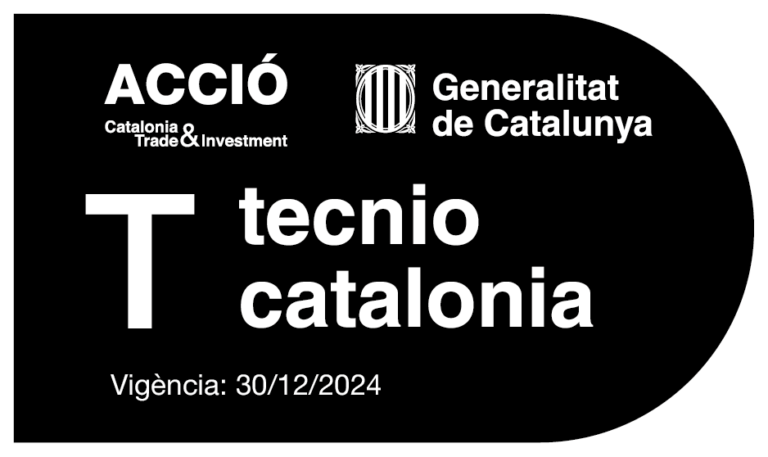Zarei, M.; Nourouzi, S.; Jamaati, R.; García-Cano, I.; Dosta, S.; Sarret, M. (2021). Formation of highly uniform tin oxide nanochannels by electrochemical anodization on cold sprayed tin coatings. Surface & Coatings Technology, Article nº 126978. Doi: https://doi.org/10.1016/j.surfcoat.2021.126978
Abstract: In this study, the self-organized nanoporous tin oxide films were prepared on cold sprayed tin and tin foil through a voltage-controlled anodization method. The optimized cold spray parameters were used to obtain a dense structure. The morphology and crystallinity of the samples were investigated by FE-SEM and XRD, respectively. Firstly, an amorphous oxide film (SnO) with a compact and less regular outer layer and an almost regular and uniform inner layer was grown during anodization. This structure cause formation of close pores at the surface, which reduces the appropriate properties of the porous structure. Herein, a simple way to attain a totally open nanoporous structure is reported. Pulsed ultrasonic anodization ensured to be an effective way to create a mostly uniform open pores structure with few lateral inner cracks. It was found that the porous structure prepared on cold sprayed tin and tin foil are different because of the difference in surface topography and imperfections. The current vs. time curves and the pores formation mechanism of cold sprayed tin and tin foil are discussed. The highest applicable annealing temperature for anodization of cold sprayed tin was 350°C. Nanoporous structure and adhesion to the substrate were maintained perfectly during the annealing at this temperature. Subsequent annealing at higher temperatures leads to the collapse of the pores structure.
Keywords: Tin oxide, Anodization; Cold Spray; porous film; Oxalic acid







